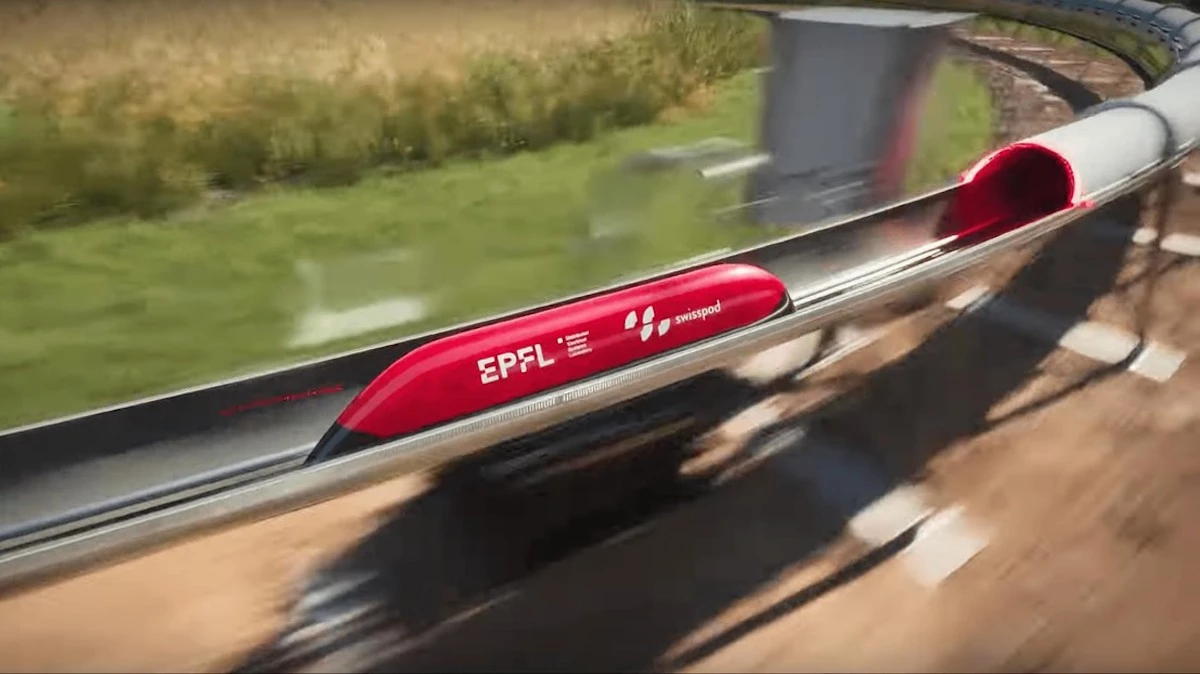In what feels like news straight out of 2016, a Hyperloop testing facility in Europe has completed the longest-ever vacuum capsule journey. The milestone could bring this oft-forgotten promise of high-speed transport one step closer to reality.
Originally pitched by Elon Musk in a 2013 white paper, the Hyperloop concept involves train-like vehicles traveling at high speeds through vacuum-sealed tubes, coasting along via magnetic levitation. With no weather, traffic or air resistance to contend with, the pods are projected to reach top speeds of 1,200 km/h (746 mph).
News around Hyperloop seems to have slowed down in recent years, but it hasn’t stalled completely. An EPFL facility in Switzerland has been testing Hyperloop tech through what’s called the LIMITLESS project – in one of the most awkward acronyms in recent memory, which apparently stands for “Linear Induction Motor Drive for Traction and Levitation in Sustainable Hyperloop Systems.” But we guess LIMDTLSHS is less catchy.
Anyway, this project is a 1:12 scale model of a Hyperloop, with a tube diameter of 40 cm (15.7 in) and a track circumference of 125.6 m (412 ft). A total of 82 tests have now been conducted on the LIMITLESS project, at just 50 millibars of pressure. Of those, on the longest test the pod traveled 11.8 km (7.3 miles) and at its fastest it reached a top speed of 40.7 km/h (25.3 mph).
That makes it the longest distance traveled by a vacuum capsule so far, and if scaled up would be the equivalent of 141.6 km (88 miles). The top speed when scaled up would be 488.2 km/h (303.4 mph) – pretty fast, but not the fastest a Hyperloop has traveled. Just a couple months ago, the China Aerospace Science and Industry Corporation (CASIC) clocked 623 km/h (387 mph) in a short test run.
While there’s still plenty of work left to do, the LIMITLESS tests show that Hyperloop still has a shot at speeding up long-distance travel.
Source: EPFL




